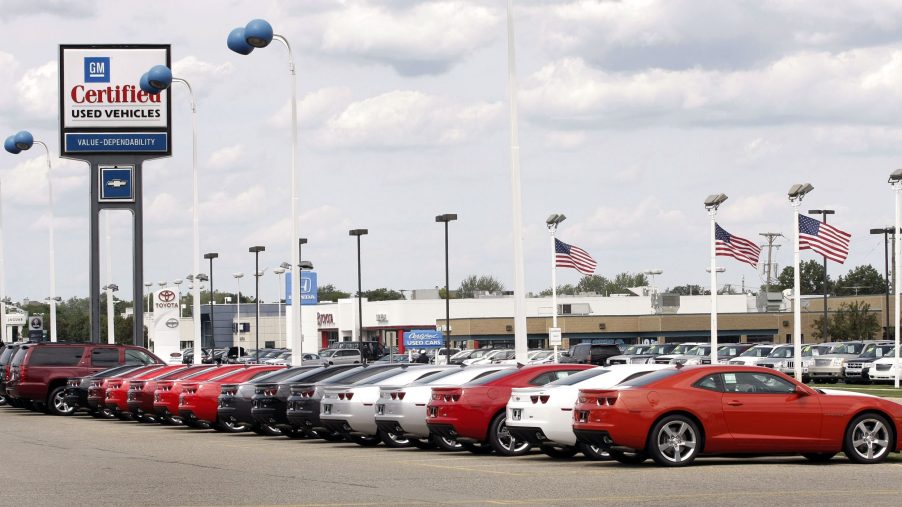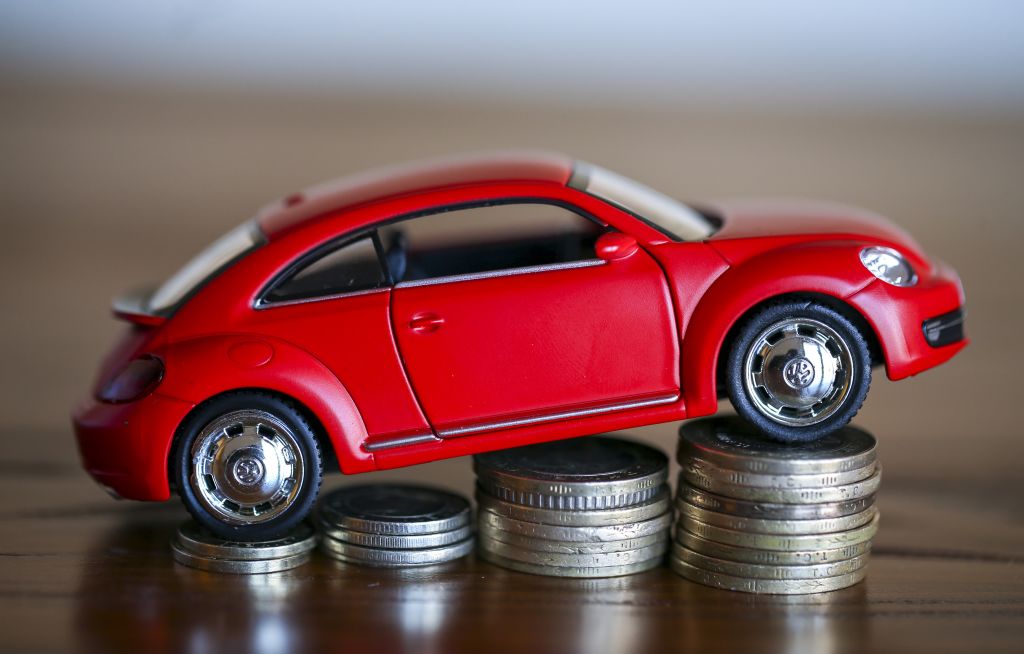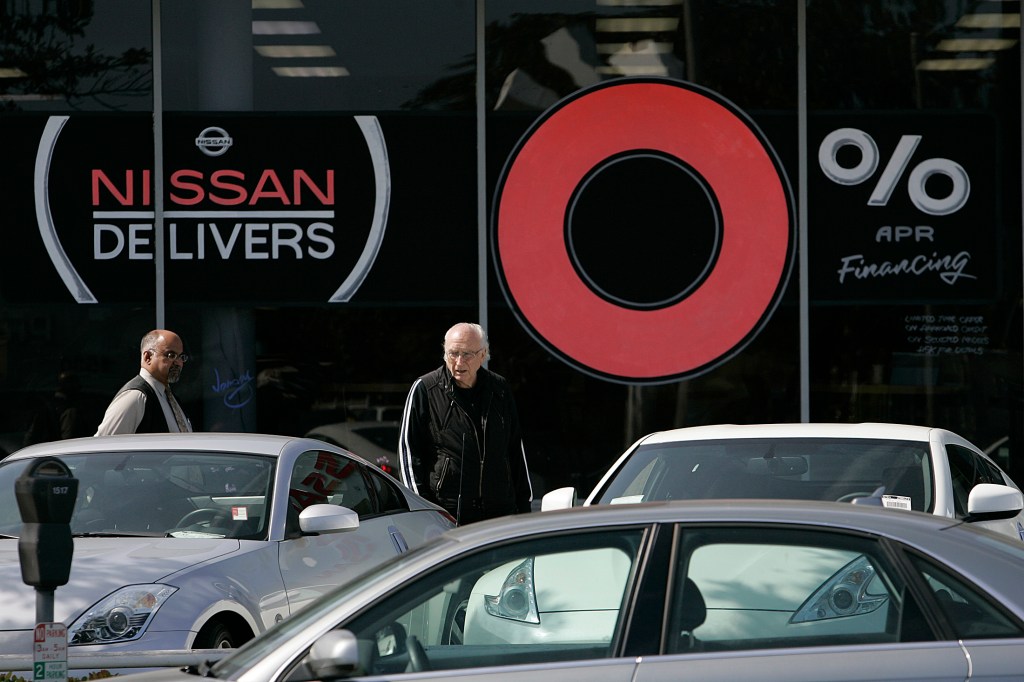
Is Rolling ‘Negative Equity’ into a Loan a Good Idea?
Cars will depreciate in value no matter what. If you drive a new car off the lot, it can lose up to 20 percent of its value within the first year of ownership and a lot more over time. If a car ends up being worth less than what you owe on it, then that is called having “negative equity” or being “upside down.” And if you want to get into a newer car, then you’ll have to “roll over,” or add, the negative equity on to a new loan. But is it a good idea to do so?
Rolling over negativity equity can be a good idea in some cases
If you have a car that you’re currently upside down on and are in dire need of a newer car, then you can typically roll over the negative equity onto the new loan, provided it’s not too much. Most lenders will have a maximum loan-to-value ratio of 125 percent, which will allow the borrower to roll over some of the negative equity onto the newer loan. If you end up going this route, then you would end up with a much higher monthly rate than if you just financed the new car by itself.
Rolling over negative equity can be a good route to take if you need to get out of your current car right now and you have a down payment. The down payment will lower the LTV ratio and make up for the negative equity that you’re rolling over. According to Credit Karma, another option would be to buy a car that is a year or two older than the newest version, that way you can rollover the negative equity without exceeding the LTV cap as much, if at all.

You can choose to not trade your car in
If you want to avoid rolling of negative equity, then one way to circumvent the issue is to hold off on buying a new car until you can pay the current loan down enough so that you’re not upside down on it, and then trade it in. However, this might not work if you need a newer car sooner rather than later.
Another option would be to pay the difference between your loan amount and your car’s trade-in value, that way, you can break even and won’t be rolling over negative equity.
You can also sell your car privately
If you end up not wanting to trade your car in at all, you can always sell it privately. Luckily, “private party” values are typically much higher than trade-in values, so you’ll likely get more for your car and possibly cover the negative equity that you have. This option might be a little harder to execute since your lender has the title to the car, however, you can always make arrangements with the buyer and your lender as far as getting the loan paid off and the title transferred to the new owner.

If you really a need a new car
If you can’t wait to buy a newer car but still have negative equity on your current one, then your best course of action would be to pay down the loan more or put a large down payment on the new loan. Basically, the less money that you owe on your current car when you’re trying to buy a new one, the better. So either have patience in the meantime or put more money down.



